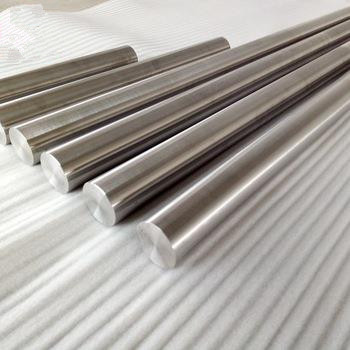In current market, Niobium-titanium alloy (Nb 46%-48%) is used largely due to its practical value- low magnetic field superconducting properties, excellent and stable mechanical properties, flexible workability and low cost. NbTi is the only superconducting material achieving commercialization and it is up to more than 90% of the usage. Additionally, surgical implants has become a new application for NbTi alloy because of its better biocompatibility, similar density and texture as human bones, good workability, high strength as well as the good environmental adaptation.
Chemical requirements for Nb-Ti48 (wt%, max.)
|
Al |
C |
Cr |
Cu |
H |
Fe |
Ni |
N |
O |
Si |
Ta |
Ti |
Nb |
|
0.01 |
0.02 |
0.01 |
0.01 |
0.0045 |
0.02 |
0.01 |
0.015 |
0.1 |
0.01 |
0.25 |
46-48 |
Bal. |
* Per ASTM B884-11
Available forms
Ingot
Rod and bar
Wire
Custom-made parts
Specifications
ASTM B884-11
Customized specification
Typical application
Superconducting FR cavities
Surgical implants
